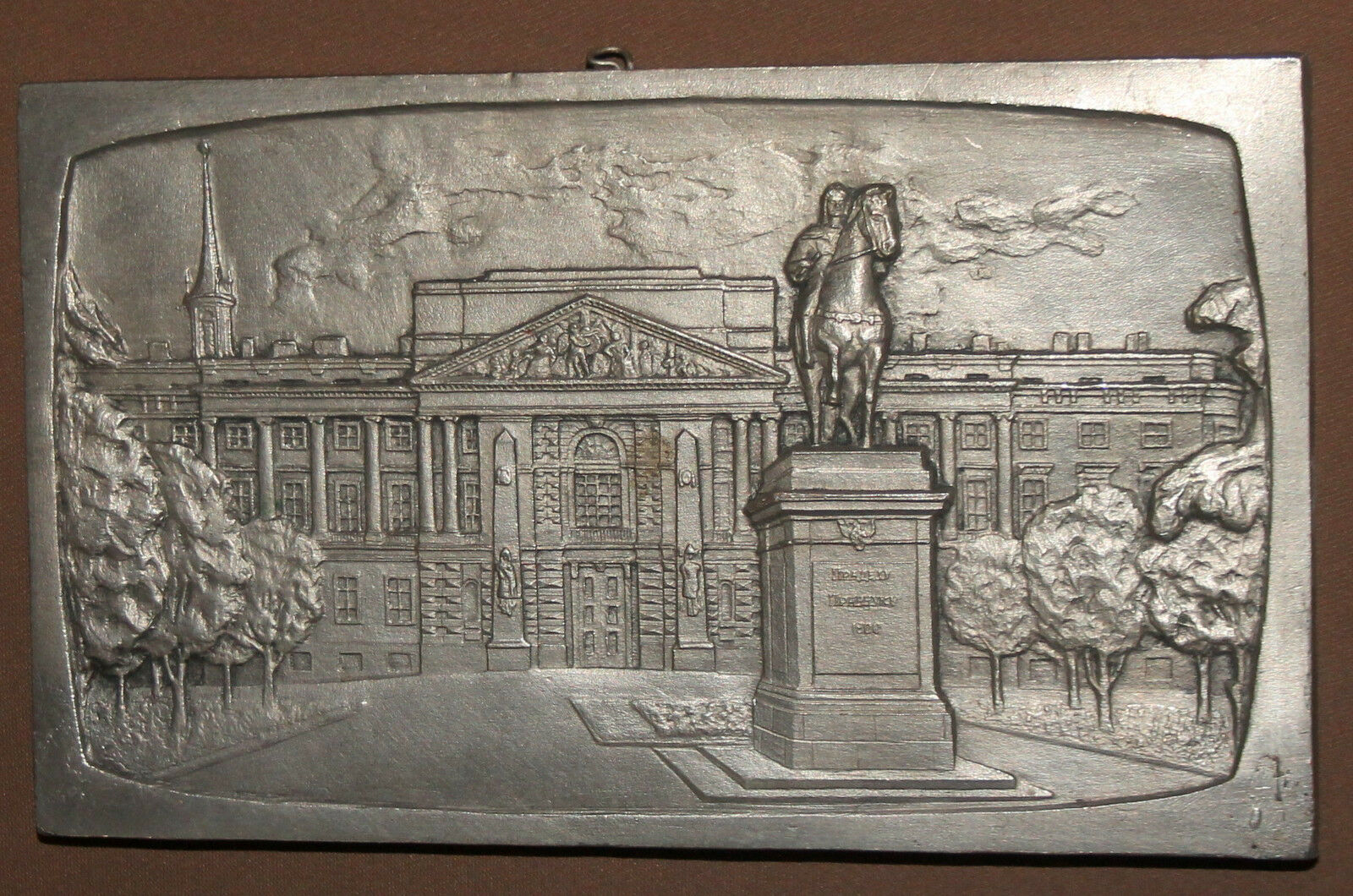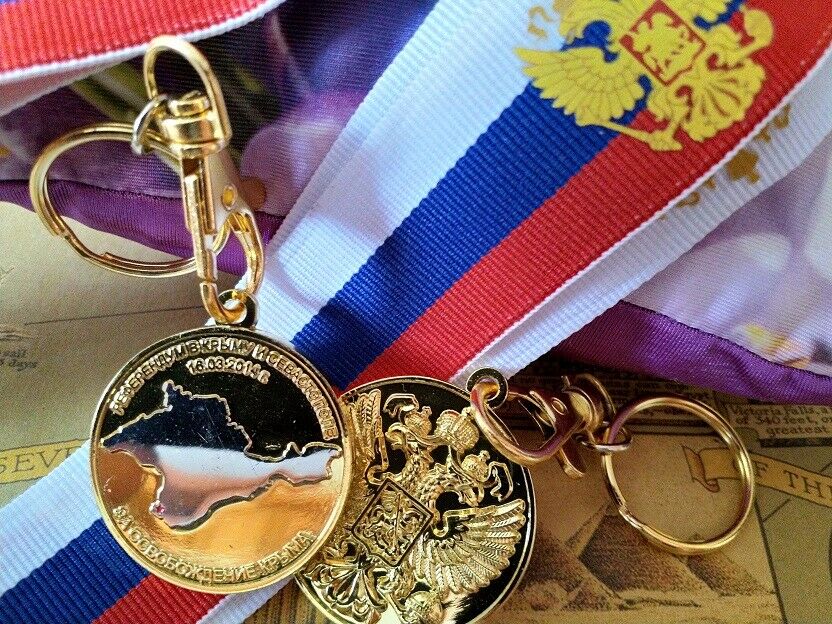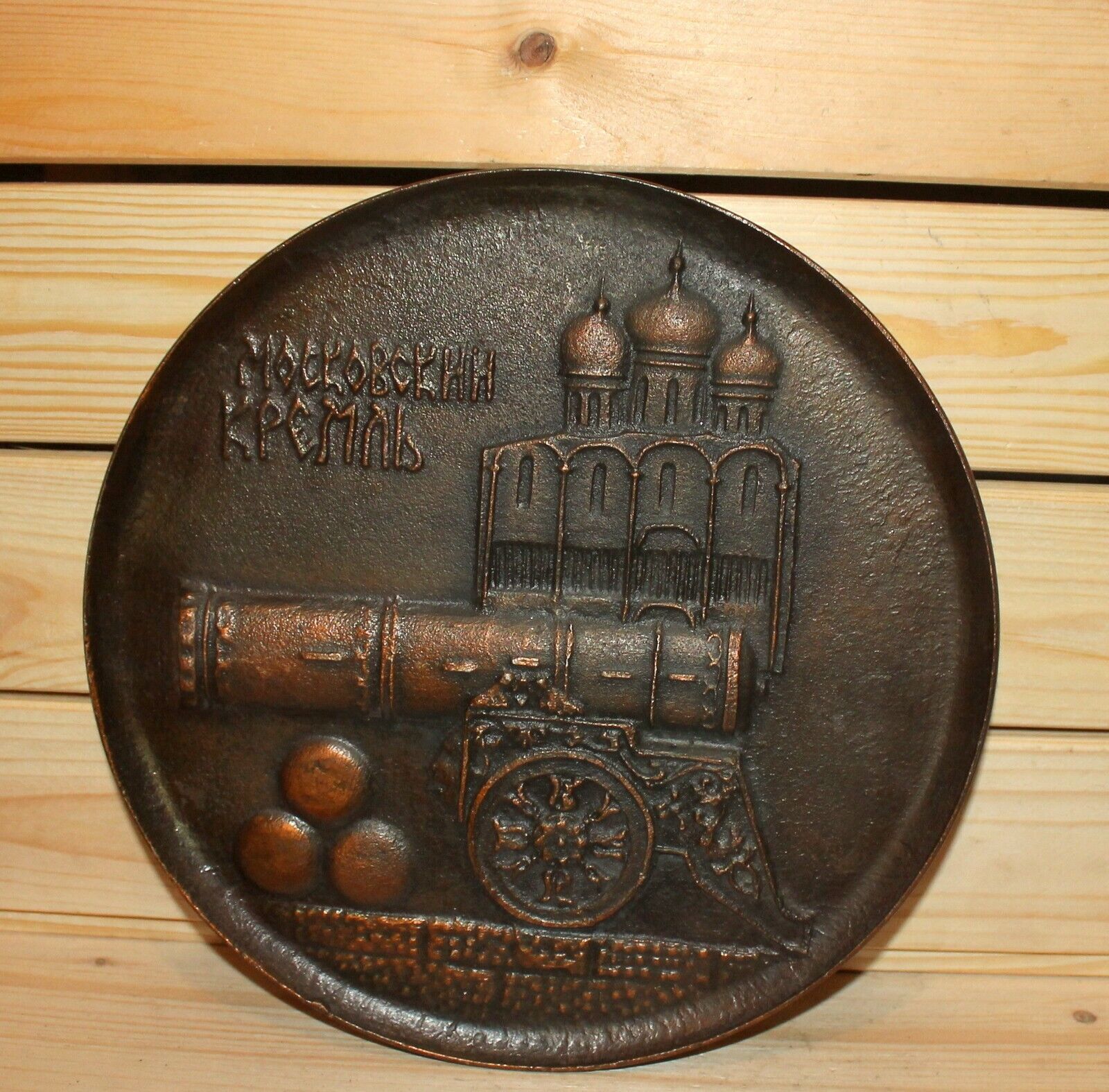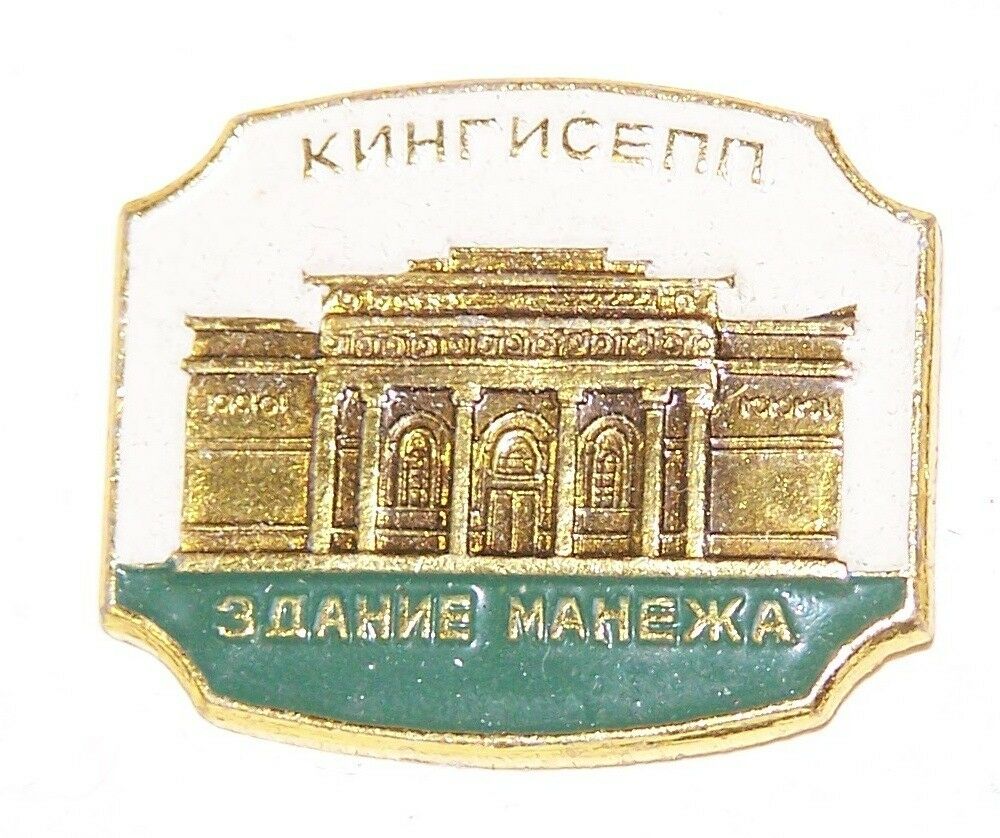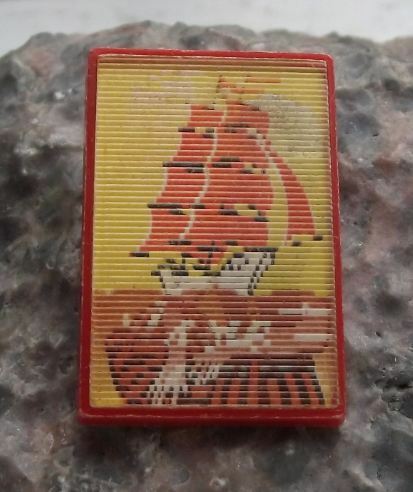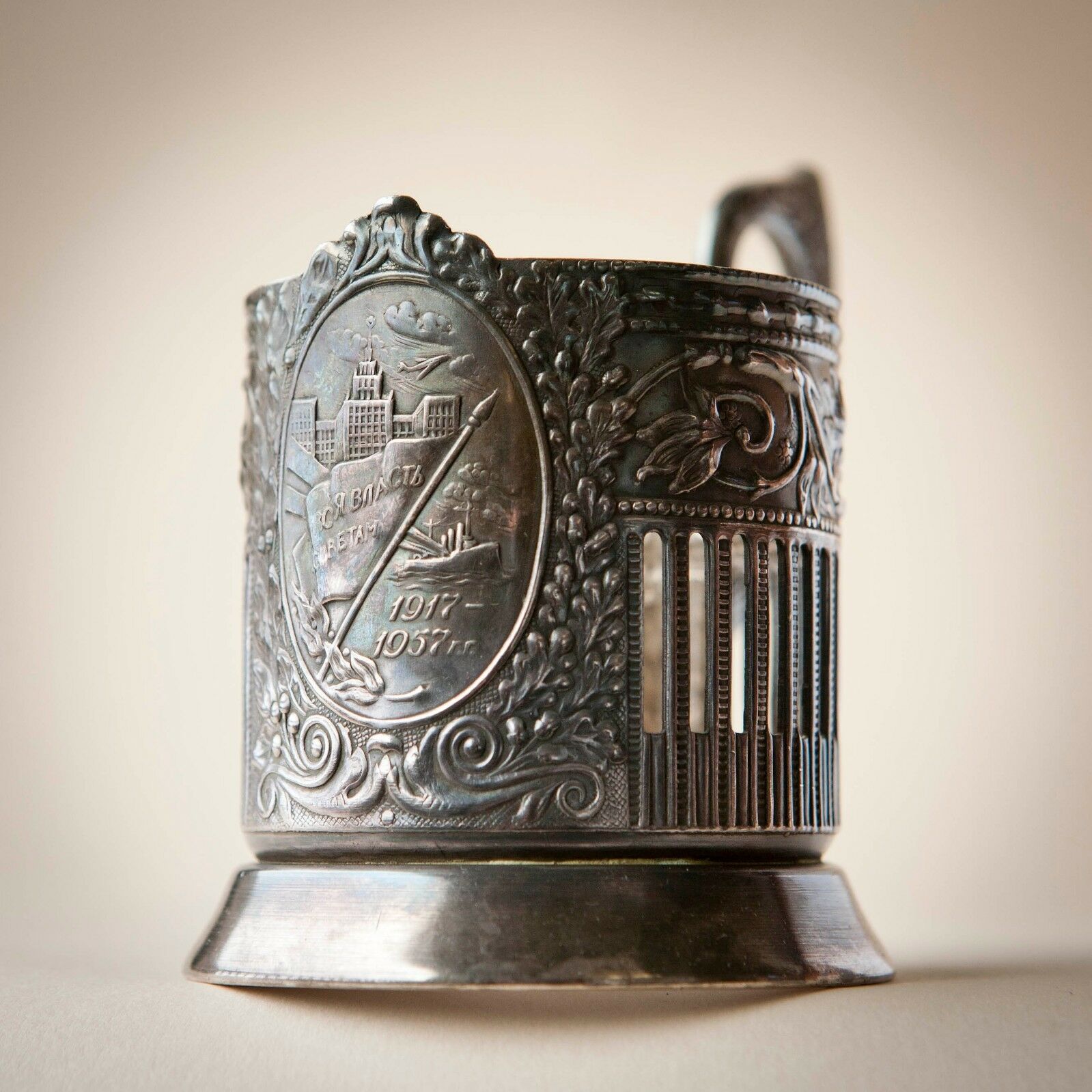-40%
Vintage Glassful Faceted Glass For the Cup Holder USSR Soviet 1 A
$ 10.56
- Description
- Size Guide
Description
Hello dear customers. I present to you:Vintage Glassful Faceted Glass For the Cup Holder USSR Soviet 1 A.
On September 11, 1943, the first faceted glass in the Soviet Union was produced at the glass factory in Gus-Khrustalny. This piece of crockery immediately became indispensable: it was in every home, in all dining rooms, in vending machines with drinks. The faceted glass was practically impossible to break: thanks to the addition of lead oxide to the composition, it was very durable. The housewives used the glass to sculpt dumplings and dumplings, and summer residents grew seedlings in them. The faceted glass has become one of the main symbols of the Soviet era.
It is believed that the design of the faceted glass was invented by the sculptor Vera Mukhina, the author of the famous composition "Worker and Collective Farm Woman", but some researchers believe that the prerequisites for its creation appeared much earlier. The progenitor of the Soviet faceted glass was created back in the 18th century by the glass-maker Yefim Smolin. Peter I was so pleased with the new dishes that he made a large order for the fleet. During rolling, such a glass could fall on the table, but did not roll or break on the floor.
Later, another version of the glass - with 12 sides - was depicted in his painting "Morning Still Life" by the artist Kuzma Petrov-Vodkin.
Mukhina, on the other hand, improved this version by making 16 sides of the glass and a smooth rim in its upper part. In production, lead oxide was added to the glass, which made the glass practically indestructible. The dimensions of the Soviet faceted glass are approximately 9 centimeters high and 6.5 centimeters in diameter. Later in the USSR, they began to produce glasses with a different number of faces - from 12 to 20 - but the 16-sided is still called the classics of the genre.
The faceted glass immediately became popular throughout the Soviet Union. He was in every apartment, on trains, in street soda machines and in cafes: dishes of this shape were easy to wash in the dishwasher, and most importantly, the glass was incredibly durable.
Soviet citizens quickly figured out how else to use the glass, except for its intended purpose. So, the housewives with the help of a glass "cut" from the dough round blanks for dumplings or dumplings. In addition, the new utensils made it possible to easily and quickly measure the volume of water in the preparation of soups, stewed fruit or main courses. The glass contained 250 milliliters of water, and up to the rim, which was called "Anyutka's belt", there were exactly 200 milliliters.
Summer residents loved to use faceted glasses for growing seedlings on windowsills: such a container did not take up much space and did not tip over under the weight of the plant.
Soon, faceted glasses of various sizes began to be produced in the Soviet Union. The most popular was a glass of 200 milliliters. It was thanks to him that the well-known expression "to figure out for three" was born. Up to the rim, you could pour 167 milliliters of vodka - exactly one third of a half-liter bottle of vodka.
A glass of this size was called "Malenkovsky". The fact is that the Soviet Defense Minister Georgy Malenkov issued a decree according to which all servicemen were supposed to have just 200 milliliters of vodka for lunch. Alcohol was allowed to be exchanged for tobacco or sugar - again in the volume of a faceted glass.
Due to the fact that a faceted glass was associated with almost all spheres of life - from public catering to the army - this tableware quickly became "popular". Contemporaries associate such a glass with Soviet times: it is an attribute of an entire era!
Currently, 16-hedrons are no longer produced in factories - nowadays, when progress allows the mass production of glasses of any shape and color, "boring" dishes are no longer in demand. Nevertheless, contemporaries to this day are proud of Mukhina's invention, and in Gus-Khrustalny they even arrange holidays in his honor. In Yekaterinburg, sculptures were installed in the form of a conductor carrying tea in Soviet faceted glasses.
Please see the photos and ask questions if necessary.
More precise and informative data, see the photos. If necessary, I will make additional photos.
Please visit my Store -
Porcelain, Ceramics, Faience
.
Regularly updated.
Payment: Paypal.
Time of shipment up to 3 working days.
Delivery by airmail 14 - 30 days. You can track the parcel by number.
Attention.
Please pay attention to the fact that not all countries have the ability to track the parcel number. For my part, I guarantee visibility of the track numbers within the country (Ukraine). Postal service is Ukrposhta. Likewise, there may be delays in time, which are influenced solely by postal services. For their work, please do not blame me.
Thank you for attention. I wish you successful shopping on Ebay.












